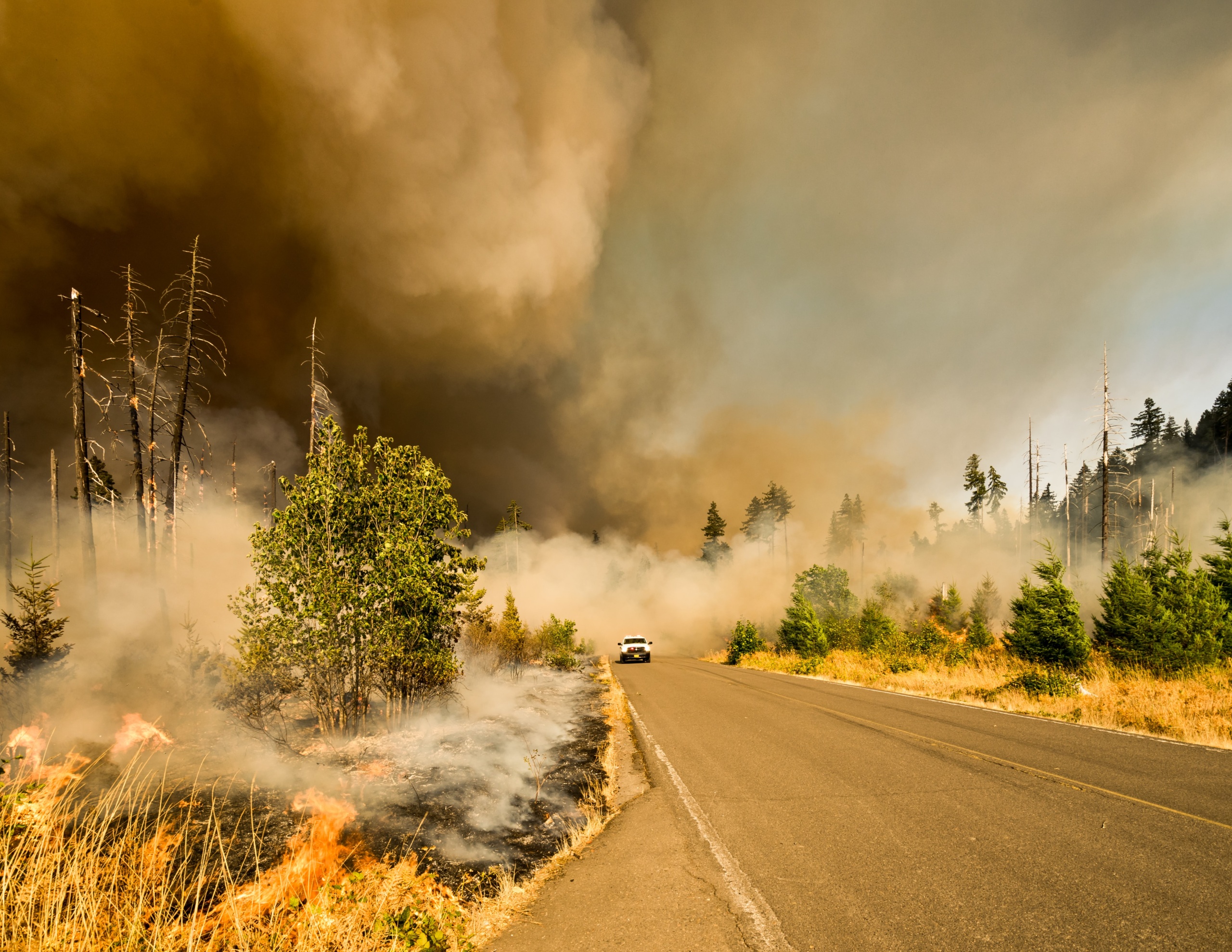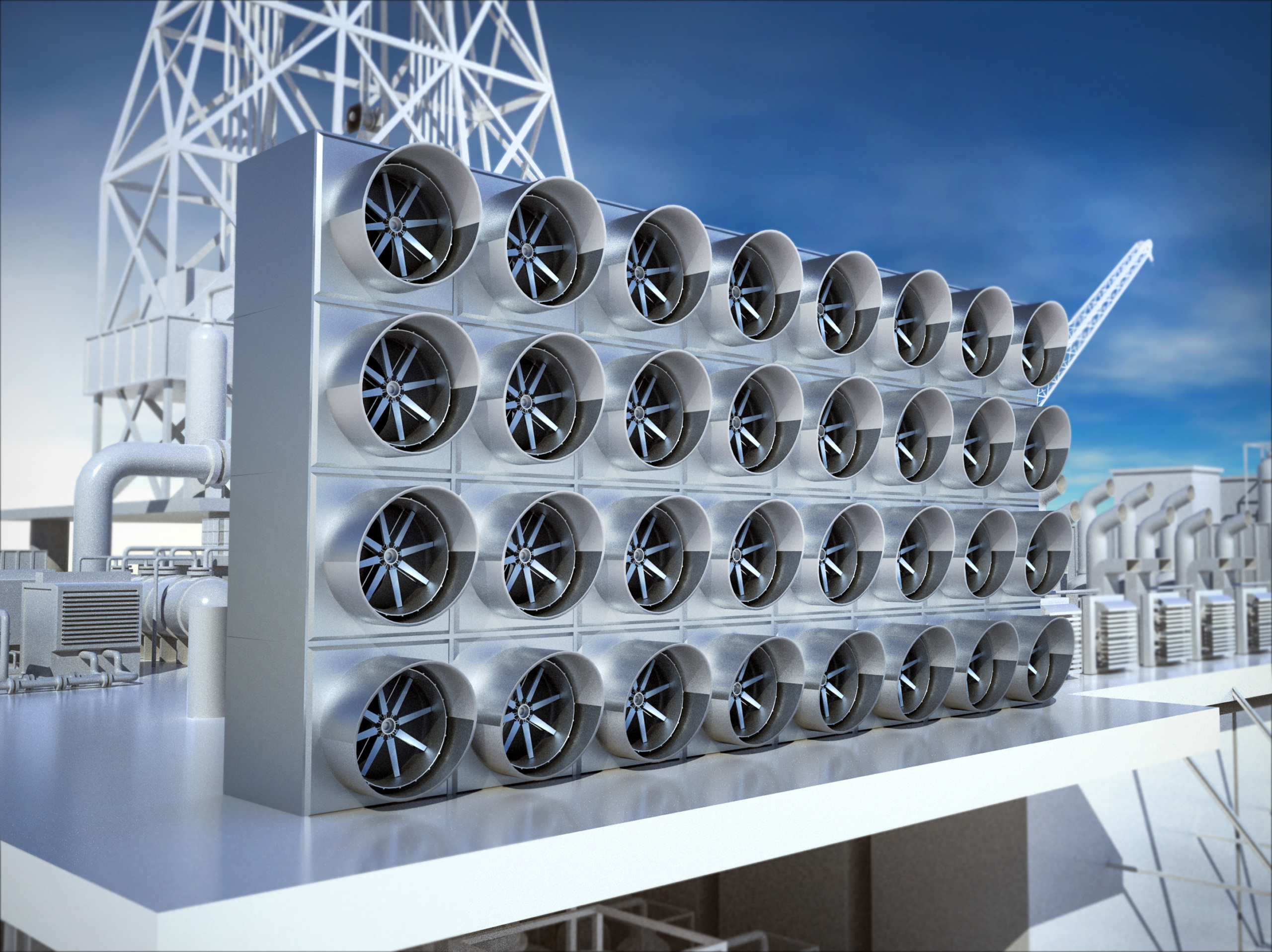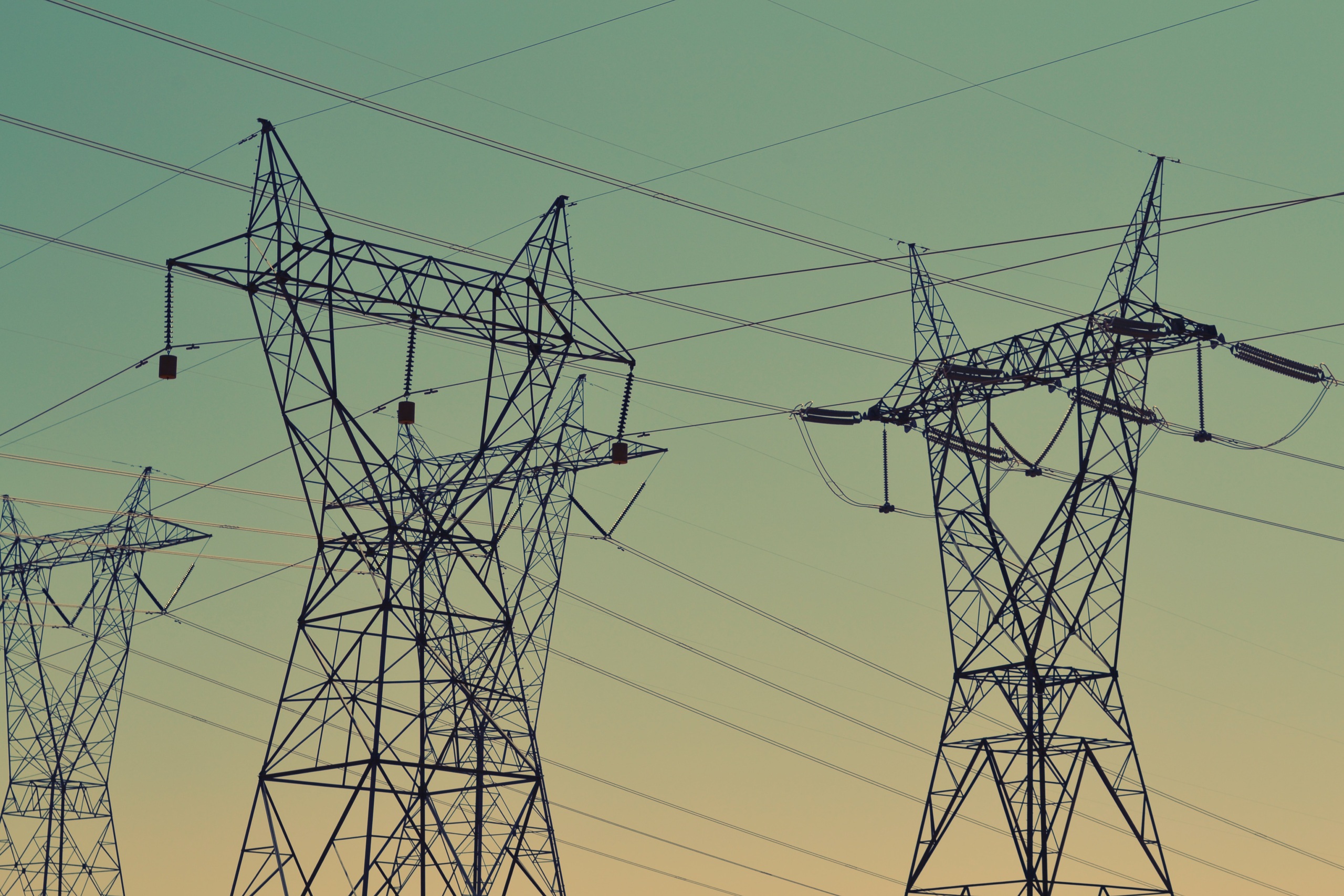
Fair Deal for Consumers or Free Ride for Polluters?
The governors of Oregon, California, Washington, New Mexico and Arizona established the Western Climate Initiative (WCI) in February 2007 with the goal of reducing region-wide emissions by at least 15 percent below 2005 levels by 2020. In order to achieve this goal, WCI is planning to cap global warming pollution from industrial sectors representing most of the major pollution sources.
Environment America
Executive Summary
Global warming poses a serious threat to the future of the western United States. Science indicates that in order to avoid the most dangerous impacts of global warming, we must act quickly to reduce global warming pollution.
The governors of Oregon, California, Washington, New Mexico and Arizona established the Western Climate Initiative (WCI) in February 2007 to work together to reduce global warming pollution, with the goal of reducing region-wide emissions by at least 15 percent below 2005 levels by 2020, a level consistent with the total reductions embodied in states’ varying goals. In order to achieve this goal, WCI is planning to cap global warming pollution from industrial sectors representing most of the major pollution sources and to allow partners to buy and sell permits that allow limited emissions. This type of system is known as “cap-and-trade” and the permits for global warming pollution emissions are called “allowances.”
Under a cap-and-trade system, polluters must hold allowances for every unit of pollution they emit, and the total number of allowances is limited by the regional cap. The cap declines on a timeline to meet the region’s 2020 goal; the shrinking number of allowances results in pollution reductions consistent with the goal. Polluters may choose to reduce their pollution to lower the number of allowances they need, or can trade allowances to match their pollution levels.
The structure of a cap-and-trade program is critical to its success. One of the most important decisions WCI must make is how to distribute allowances. Allowances can be given away for free to polluters or other entities, sold at an auction, or distributed through a combination of the two methods. This paper draws from recent studies on existing cap-and-trade programs and economic models to show the important advantages of auctioning pollution allowances under the WCI.
Auctioning all allowances under a cap-and-trade program is the fairest distribution method for the public. Auctioning allowances reduces the societal cost of achieving pollution reductions compared to giving allowances to polluters for free, encourage energy efficiency measures that can reduce energy bills for consumers and businesses, and promotes a transition to a clean energy economy. For those reasons, allowances should be auctioned in any global warming cap-and-trade program.
Auctioning is the fairest means of distributing pollution allowances.
- The atmosphere is a public resource, and must be managed for the benefit of the public. As a result, it is fair to require polluters to pay the public for damaging that resource and to hold them responsible for the costs their pollution imposes on society. Giving away pollution allowances for free undermines that responsibility, but auctioning allowances ensures that all polluters pay based on the amount of pollution they release.
- If allowances are given to polluters for free, some companies earn windfall profits, without regard to whether they take steps to reduce pollution.
- Auctioning allowances removes the potential for political favoritism and market distortion in the distribution of free allowances.
Auctioning allowances enables emission reductions to be achieved at lower cost to society than if allowances are given away to polluters.
- Studies have estimated that auctioning allowances and “recycling” the revenue to consumers can reduce the societal cost of achieving emission reductions through cap-and-trade by as much as half.
- Auctioning allowances prevents polluters from gaining “windfall” profits as a result of cap-and-trade.
- When allowances—which are items of monetary value—are given to polluters for free, it allows polluters to benefit financially without having to take any action to reduce their emissions, since they can increase prices to incorporate the value of the allowances.
- Europe’s emission trading system, which includes free distribution of the vast majority of allowances, has resulted in power plant owners receiving billions of dollars in windfall profits from the program. In the United Kingdom alone, windfall profits from emission trading have been estimated at nearly $2 billion. These profits come from the pocketbooks of consumers.
- For rate-regulated utilities in the Western states, proper regulation can prevent windfall profits from a cap-and-trade system, but auctioning allowances is still an important way to encourage smart investments in energy efficiency and clean energy technologies. Even in states with well-regulated electricity markets, businesses in other sectors of the economy may have the opportunity to obtain windfall profits if given allowances for free.
- Auctioning allowances eliminates the potential for windfall profits and requires polluters to pay for the right to emit global warming pollution.
Auctions can protect consumers and maximize the economic benefits of global warming solutions.
- As demonstrated by an analysis of the regional cap-and-trade program in the Northeast, using auction revenues to increase energy efficiency while imposing a carbon cap can actually lead to lower energy bills for consumers, even if the price per unit of energy increases.
- Auction revenues can also be invested in low-carbon transportation infrastructure such as public transportation— giving Westerners additional ways to reduce their carbon dioxide emissions and curb dependence on expensive oil.
- Consumers can be further protected from rising energy costs if a portion of auction revenues is given to low-income consumers in the form of energy bill assistance or to consumers generally in the form of a rebate.
Auctioning allowances encourages a transition to clean energy sources.
- Giving allowances away to polluters for free based on their historic emissions (often called “grandfathering”) rewards owners of highly polluting facilities and discourages innovation.
Auctioning allowances treats all emitters—dirty and clean facilities, and existing and new facilities—equally, placing them on a level playing field and sending economic signals that encourage cleaner sources of energy.
- Auctioning allowances will ensure that polluters receive the proper price signals for investing in efforts to reduce their emissions and that consumers receive price signals that encourage energy conservation.
- Auctioning allowances can also generate revenue to support clean energy technologies. Studies suggest that combining a cap-and-trade program with aggressive efforts to develop clean energy technologies can allow for greater emission reductions to be achieved at lower cost.
Policy-makers, environmentalists, businesses and consumer advocates are increasingly supporting auctions as a fairer and less expensive way to reduce global warming emissions under cap-and-trade.
- In the Northeast, where 10 states have agreed to reduce global warming pollution from power plants through the Regional Greenhouse Gas Initiative, all of the states have committed to auctioning nearly or fully 100 percent of their pollution allowances.
- Most global warming bills currently in the United States Congress include an auctioning component. The strongest of those bills requires the auctioning of 94 percent of allowances initially, rising to 100 percent over time.
WCI should maximize the percentage of allowances that are auctioned as part of its global warming cap-and-trade program, with the revenue from those auctions used to protect consumers and businesses and to maximize economic benefits of a transition to a clean energy economy. WCI partners should have the flexibility to auction up to 100 percent of allowances and should commit to doing so.
Topics
Find Out More


Five key takeaways from the 5th National Climate Assessment

Carbon dioxide removal: The right thing at the wrong time?



